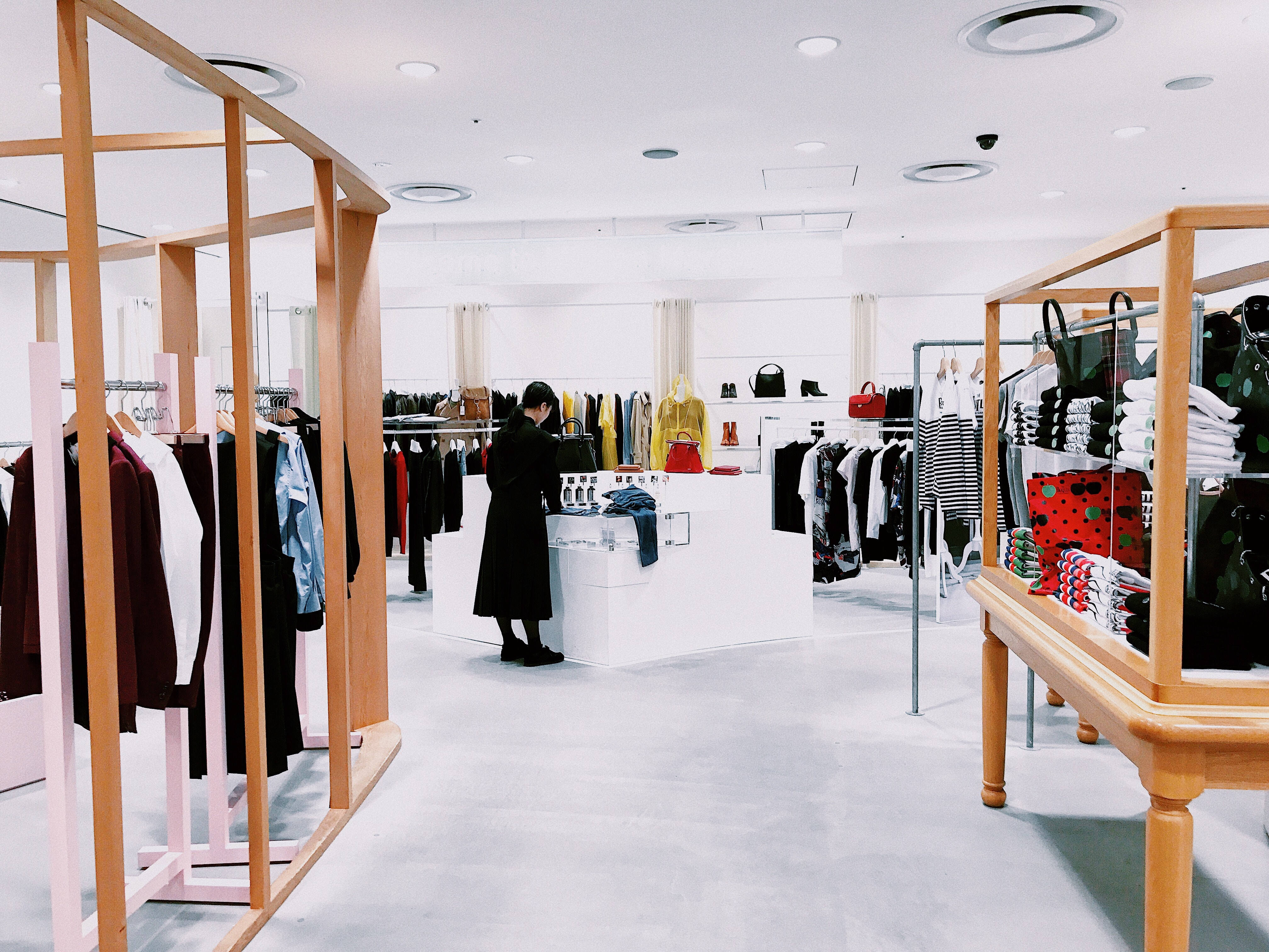The fashion retail world is an exciting one – however, for new fashion startups, it can also be a daunting one if you are just starting up your brand. And while some of the business can be rather “learn as you go”, it is a lot more comfortable to enter the business armed with knowledge – and speaking the lingo of the fashion wholesale retail natives. From payment terms to operations and logistics to sales and negotiations, there are a number of terms to know.
Payment
NET 30/NET50
Net payment terms refer directly to when payment will be issued by a retailer: a set amount of days after the product is delivered to the warehouse. So, for example, a net 30 payment means you’ll be paid 30 days after the retailer has received your product.
That can be a confusingly long time to wait since this means you won’t receive payment at the time of purchase, while you’re fulfilling the order, while it’s being prepared, while it’s shipping or even when it’s delivered. After all that waiting, there’s still 30 more days to wait.
Most big box stores, such as Nordstrom or Net-a-Porter, pay on net 30 – 50 days. It’s rare to get 100% upfront anywhere, but higher down payments are usually found in fine jewelry, where production costs are higher.
For new fashion startups, net terms can be a big deal when testing into new markets. You don’t have much to negotiate on, so you’ll be at the mercy of the retailer’s preference. And for that reason, you need to be sure you have enough overhead to carry you through the waiting period. If you aren’t getting paid for many months, you’ll need to have cash flow on hand to cover operations to stay afloat.
FACTOR
Fresh off learning the net payment terms, you may encounter vendors who ask to be factored. While this is something you can almost always expect from the bigger stores, many smaller retailers are following suit. Simply put, a factor is a credit check against your business with a financial company to ensure invoices on receivables are paid, kind of double insurance for both you and the retailer.
A factor can be advantageous to you as a brand, as it assures your deliverables will be paid for – and you don’t have to run around after multiple invoices. And many retailers benefit, as a factor that proves their solvency means they can institute their own preferred net terms to new fashion startups.
Shipping & Logistics
CHARGEBACK
Unexpected shipping issues or simply not being in full compliance with a retailer’s rules and terms can lead to chargebacks: financial penalties a brand agrees to pay if an order isn’t shipped to specifications.
Usually, there is a vendor compliance document at the start laying out terms, conditions and logistical details that should be followed. These can include shipping to individual stores versus one distribution center, shipping garments “for ready” (with tags and hangers, in garment bags), securing tags in certain places, etc. If every detail isn’t followed, financial penalties can be invoked by the retailer, which can hit hard for new fashion startups.
If a store has a vendor portal, it’s important to take your time uploading product information and SKUs, as mistakes can be easy but costly.
MARKDOWN MONEY
This comes into play at the end of a season, when products go on sale. If your brand doesn’t sell well in stores, the retailer may ask for financial assistance/compensation if they have to mark down products by a percentage, thus taking a hit on their sales.
Sales & Negotiations
CO-OP ADVERTISING
Rather than advertising on your own, co-op advertising is closely related to promotions. A brand enters a collaborative partnership with a retailer and pays to have its ad receive preferential placement. This commonly happens with certain retailer catalogs, such as Barneys or Saks, where fashion brands pay to be featured in digital content or print.
ATS (AVAILABLE TO SHIP) aka IMMEDIATES
When you sell wholesale, you are mostly going to be selling products a season in advance (for example, pieces sold in September are being scouted by buyers for February). However, you may also see a demand for selling products in stock and available now. These are known as ATS (available to ship) or Immediates.
OTB (OPEN TO BUY)
Retail buyers are working from a budget called Open to Buy (or OTB), which is set in advance before market. When buyers do go to market, they start by looking at the brands they’re familiar with and plan to buy from again. However, after those ‘sure things’ are purchased, that OTB budget comes into play and buyers are a little more experimental, taking some chances on newer brands. These OTB purchases usually happen in the middle or end of the market, so don’t be discouraged.
It’s a wide-open world out there for new brands, but one that comes with many rites of passage and challenges. Heading into it, though, with not only a vision and a passion but a little education can make all the difference. For more information on breaking into the fashion retail world, see our video “Brick-and-Mortar Retailers: How to Negotiate with Brands and Make Terms.” For one-on-one industry expert help getting started in the wholesale world, email hello@scalingretail.com to schedule a consultation.
